The initial reaction of critics following a press preview of Kaabil has been that it would impress both the multiplex as well as the single-screen audiences. In other words, it has all the necessary ingredients to be an all-around success.
The first impressions of Raees too, generated a similar response. The slow motion shots, the one-upmanship of the hero and the villain through the ‘dialogue-baazi’ rekindles memories of a Subhash Ghai or Mukul S Anand kind of cinema where everything was larger than life and all stops would be pulled. This was the kind of reaction that accompanied films that ruled the roost in the 1980s and 1990s. While the arrival of multiplexes saw mainstream films end up catering largely to a specific audience, the last few years have witnessed a resurgence of the films that are a throwback to the ‘full-full paisa vasool’ entertainers.
One of the big factors for repackaging of mainstream Hindi films on the lines of the popular fare from the 1980s and the 1990s is that it manages to strike a great balance between being classy and ‘massy’.
A Dabangg (2010) with Randeep Hooda, who was once said to the original choice to play Chulbul Pandey, is simply not in the same league as a Salman Khan, who eventually played the super cop. Hooda in the lead would have limited the film’s release to a handful of screens and would have essentially branded the film as a neo-masala attempting to update the traditions of the typical Hindi film. The tenets would all have been there, and even the passion but the mood or what the aficionados would call ‘feel’ would have been conspicuously missing.
Interestingly, Vijay Krishna Acharya’s Tasahan (2008) was the first film to go down this path where a mainstream film with a stellar cast and great production values attempted to infuse a sense of desi rusticity to an A-list product. The film got the visuals right but somewhere it never really let go totally, which perched it precariously in the middle of nowhere. There were great expectations from Tashan primarily due to the interest generated by the star cast — Akshay Kumar, Anil Kapoor, Saif Ali Khan and Kareena Kapoor — and also, that it was a Yash Raj Films’ production. Even though it failed at the box office, the idea that it was attempting did not completely die.
More than Tashan, it was the success of another film that released the same year that sowed the seeds of this revisionism: The runaway popularity of Ghajini (2008), a remake of the Tamil hit, laid the foundation of this genre that in the years to come would attract all top stars. Ghajini brilliantly amalgamated a Hindi star and the neo-southern Indian kind of filmmaking where the stylised action, choreographed set pieces, the heroine relegated to being an embellishment, a villain who was almost invincible, et al. along with a wafer thin plot that believed in just one mantra — please the front-bencher. But it was with the release of Wanted (2009) that the genre finally came into its own. The only reason why Wanted and later Dabangg became the yardsticks for this movement was the presence of Salman Khan, who at that point in time was a bigger single-screen drawn than Aamir Khan. Since then almost every single star has sought to be a part of such a project – Ajay Devgn with Singham (2011), Akshay Kumar with Rowdy Rathore (2012), Shah Rukh Khan with Dilwale (2015) and now Raees, Saif Ali Khan with Bullett Raja (2013). Even Kangana Ranaut tried going down this path with Revolver Rani (2014) as did the younger stars – Ranbir Kapoor with Besharam (2013), Ranveer Singh with Gunday (2014).
In Kaabil Hrithik Roshan tries to rekindle the kind of cinema his father, Rakesh Roshan, would excel at for a newer generation. Before Hrithik became a regular fixture in his father’s productions, Roshan senior would come up with films that were a great blend of the stars in roles that once upon a time would be the mainstay of B-Movie. Take for instance Khoon Bhari Maang (1988) or Karan Arjun (1995) where the narrative was classic B- Movie — low budget commercial films that were not art-house. In Kaabil Roshan plays a visually impaired man who avenges the death of his ladylove, Yami Gautam, who is also visually impaired, and the hard-core vendetta film with imaginative action seems to be inspired in spirit by RK Nayyar’s Qatl (1986). One of the last films of Sanjeev Kumar, Qatl had him playing a blind actor who plots the murder of his adulterous wife and frames her lover, Marc Zuber, for it.
In the case of Raees everything about the film right from its setting, to the real life incidents that might have inspired the film (even though the writers of the film deny any connection with reality), the soundtrack with a remix of Kalyanji-Anandji’s ‘Laila o Laila’ (vocals: Kanchan, Amit Kumar, lyrics: Indiwar), from Feroz Khan’s Qurbani (1980) to the kind of characters that both Shah Rukh Khan and Nawazuddin Siddiqui play is but a throwback to the 1980s. The sheer flamboyance of the film across every department is also in many ways a reversion to yesteryear.
What separates Raees from Kaabil is the universe that it attempts to revive is wider and — from the imagery — the film appears to believe in it as well.
Almost like Tashan, Bombay Velvet also tried to go down the standard Hindi film path but in some ways, it held back. It attempted to base itself in a very real world that was researched from archives and the non-fiction book, Gyan Prakash’s Mumbai Fables, that it was based upon but at the same time it’s visual depiction of the leading man’s vocation, underground prize fighter, lazily reprises Manmohan Desai’s imagery in Naseeb (1981). This dichotomy is what ails A-list mainstream films that want to cater equally to both multiplex and the single screen audience. When it comes to pucca Hindi films, the thing is to believe in the cosmos that the narrative operates in and that is the difference between a Tashan and all others that followed.


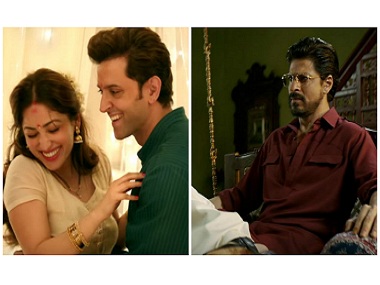)




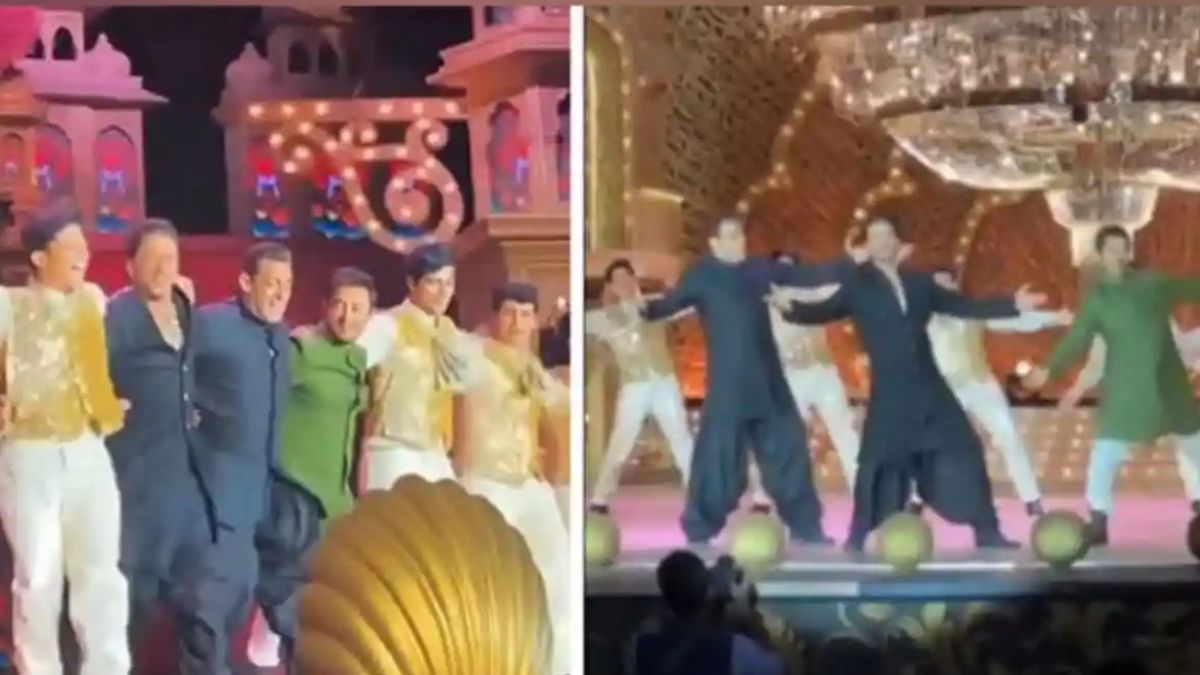)
)
)
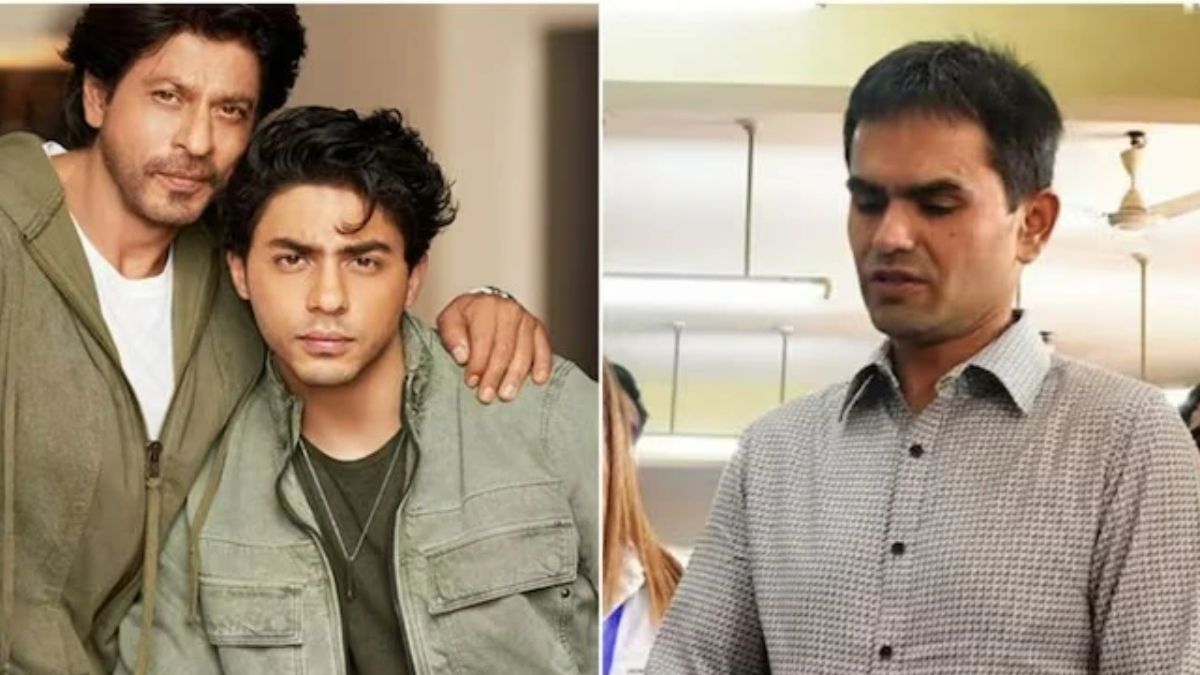)
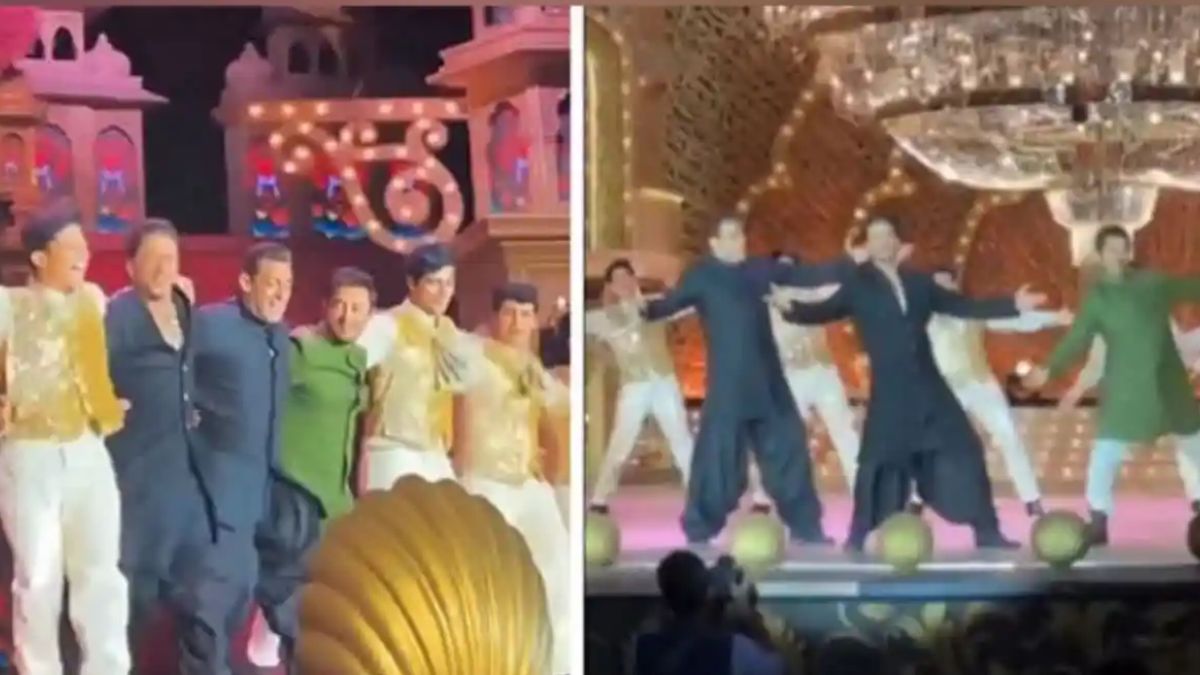)
)
)
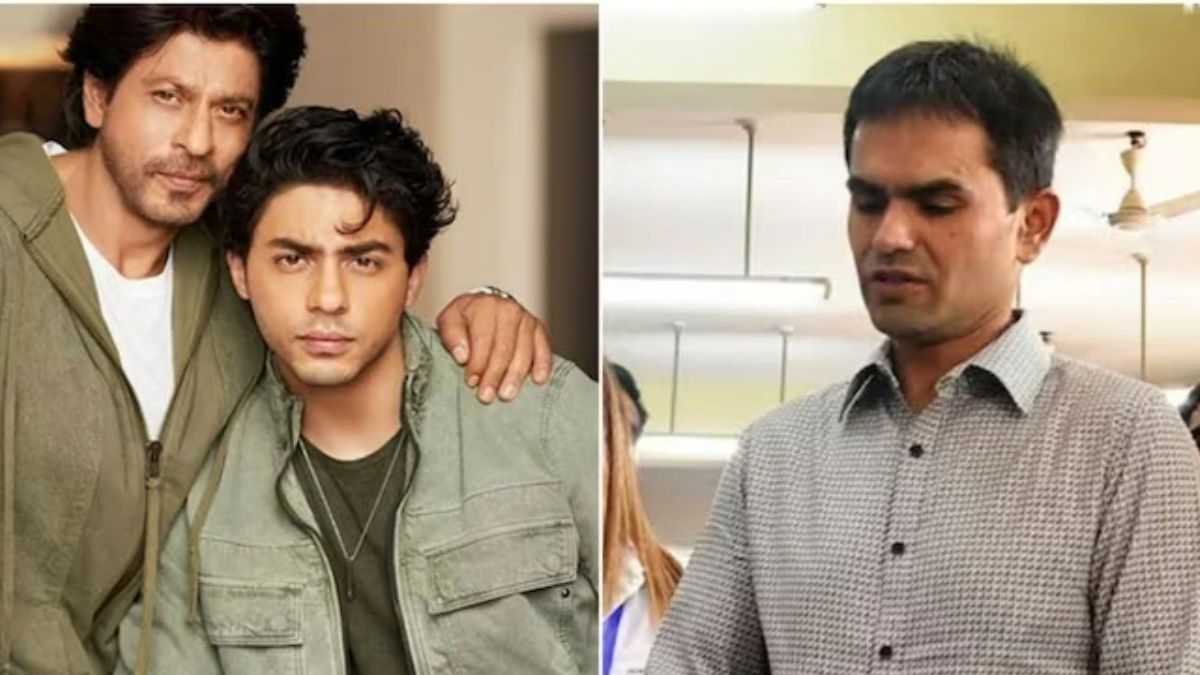)